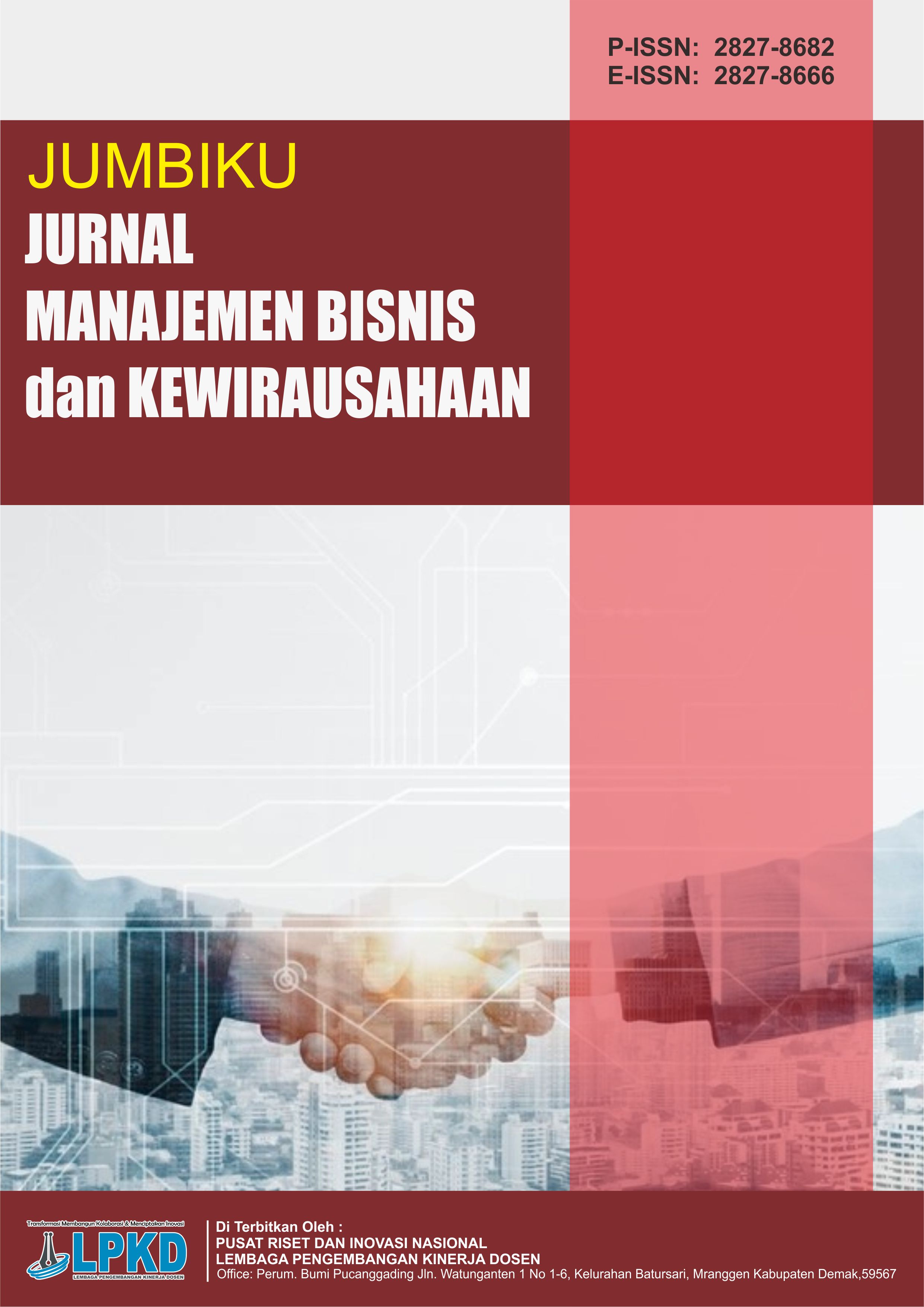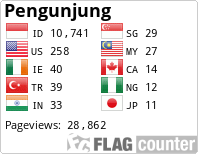Analisis Technology Acceptance Model terhadap Penggunaan Canva Berbasis AI dalam Pemasaran Digital oleh Siswa SMK Jurusan Pemasaran di Kota Semarang
DOI:
https://doi.org/10.55606/jumbiku.v5i2.5503Keywords:
Technology Acceptance Model, AI, Canva, Vocational StudentsAbstract
Data from 2024 shows that Canva has more than 170 million users, with Indonesia contributing 5.9% of the total global users. The Technology Acceptance Model (TAM) is used to analyze the acceptance of AI technology in Canva, especially in the context of vocational education. This study aims to examine the extent to which vocational high school students majoring in marketing accept and utilize AI technology in Canva to support academic assignments and marketing practices. This study also refers to previous studies that show that perceptions of usefulness and ease of use have a significant effect on user intention and satisfaction in utilizing AI-based technology. This study employs a mixed-methods approach, combining experiments with one-shot techniques with quantitative methods. The sample used in this study was 95 students from SMK Fransiskus, SMK Kristen Terang Bangsa, SMK Ignatius, and SMK Cut Nya'Dien Semarang majoring in marketing. The results of the study show that there is no direct influence between the variables of usefulness (perceived of usefulness) and perceived ease of use (ease of use) on the tendency to use (behavioural intention) of AI technology on Canva, but it will have a significant influence on the actualization of use (actual use) if mediated by the variable of tendency to use.
Downloads
References
Abbas, H. (2024). Behavioral intention of women to use e-learning. International Journal of Technology and Human Interaction, 20, 1–26. https://doi.org/10.4018/IJTHI.343520
Abrory, M. W., Arief, P. T. N., Reyznata, R., & Naufal, M. R. (2024). Analisis kepuasan pengguna terhadap fitur Magic Studio aplikasi Canva pada lingkup mahasiswa menggunakan metode TAM. Seminar Nasional Teknologi dan Sistem Informasi (SITASI). https://sitasi.upnjatim.ac.id/index.php/sitasi/article/download/761/174/
Aulia, E., Candra, D., & Wardani, L. (2023). Analisis kepuasan pengguna aplikasi Canva di Indonesia menggunakan metode TAM. Djtechno: Jurnal Teknologi Informasi, 4, 128–140. https://doi.org/10.46576/djtechno.v4i1.3313
Chai, C., Lin, P.-Y., Jong, M., Dai, Y., Chiu, T. K. F., & Huang, B. (2020). Factors influencing students’ behavioral intention to continue artificial intelligence learning. 2020 IEEE 4th International Symposium on Educational Technology (ISET). https://doi.org/10.1109/ISET49818.2020.00040
Chiu, C.-M., & Wang, E. T. G. (2008). Understanding web-based learning continuance intention: The role of subjective task value. Information & Management, 45(3), 194–201. https://doi.org/10.1016/j.im.2008.02.003
Damayanti, V. (2019). The effect of perceived usefulness and perceived ease of use on purchase intention through brand image as an intervening variable in Yogyakarta UST Shopee users. Jurnal Ilmiah Ekonomi dan Bisnis, 16, 99–109. https://doi.org/10.31849/jieb.v16i2.2317
Davis, F. D. (1989). Perceived usefulness, perceived ease of use, and user acceptance of information technology. MIS Quarterly, 13(3), 319–340. https://doi.org/10.2307/249008
Healey, J. (2020). Artificial intelligence. Spinney Press. https://books.google.co.id/books?id=VVZjzQEACAAJ
Lah, U., Lewis, J., & Šumak, B. (2020). Perceived usability and the modified technology acceptance model. International Journal of Human-Computer Interaction, 36, 1–15. https://doi.org/10.1080/10447318.2020.1727262
Mawartini, F., Muchzawarni, R., Kristyani, P., & Mutmainnah, M. (2024). Penerapan Technology Acceptance Model pada aplikasi Canva untuk mendukung proses pembelajaran di SMK Triguna 1956. Journal of Economics and Business UBS, 13, 477–491. https://doi.org/10.52644/joeb.v13i2.1548
Monica, F., & Japarianto, E. (2022). Analisa pengaruh perceived ease of use dan melalui perceived enjoyment terhadap behavior intention pada digital payment. Jurnal Manajemen Pemasaran, 16(1), 9–15. https://doi.org/10.9744/pemasaran.16.1.9-15
Naaman, D., Ahmed, B., & Zeebaree, S. (2025). E-business and digital marketing strategies: Innovations, challenges, and emerging trends. Asian Journal of Research in Computer Science, 18, 136–153. https://doi.org/10.9734/ajrcos/2025/v18i4612
Roy, P., Ramaprasad, B. S., Chakraborty, M., Prabhu, N., & Rao, S. (2024). Customer acceptance of use of artificial intelligence in hospitality services: An Indian hospitality sector perspective. Global Business Review, 25(3), 832–851. https://doi.org/10.1177/0972150920939753
Venkatesh, V., & Davis, F. (2000). A theoretical extension of the Technology Acceptance Model: Four longitudinal field studies. Management Science, 46, 186–204. https://doi.org/10.1287/mnsc.46.2.186.11926
Venkatesh, V., Morris, M., Davis, G., & Davis, F. (2003). User acceptance of information technology: Toward a unified view. MIS Quarterly, 27, 425–478. https://doi.org/10.2307/30036540
Verhoef, P. C., Broekhuizen, T., Bart, Y., Bhattacharya, A., Dong, J. Q., Fabian, N., & Haenlein, M. (2021). Digital transformation: A multidisciplinary reflection and research agenda. Journal of Business Research, 122, 889–901. https://doi.org/10.1016/j.jbusres.2019.09.022
Zebua, R., Khairunnisa, Sudipa, I. G. I., & M.Kom, S. (2023). Fenomena Artificial Intelligence (AI).
Downloads
Published
How to Cite
Issue
Section
License
Copyright (c) 2025 Jurnal Manajemen, Bisnis dan Kewirausahaan

This work is licensed under a Creative Commons Attribution-ShareAlike 4.0 International License.








